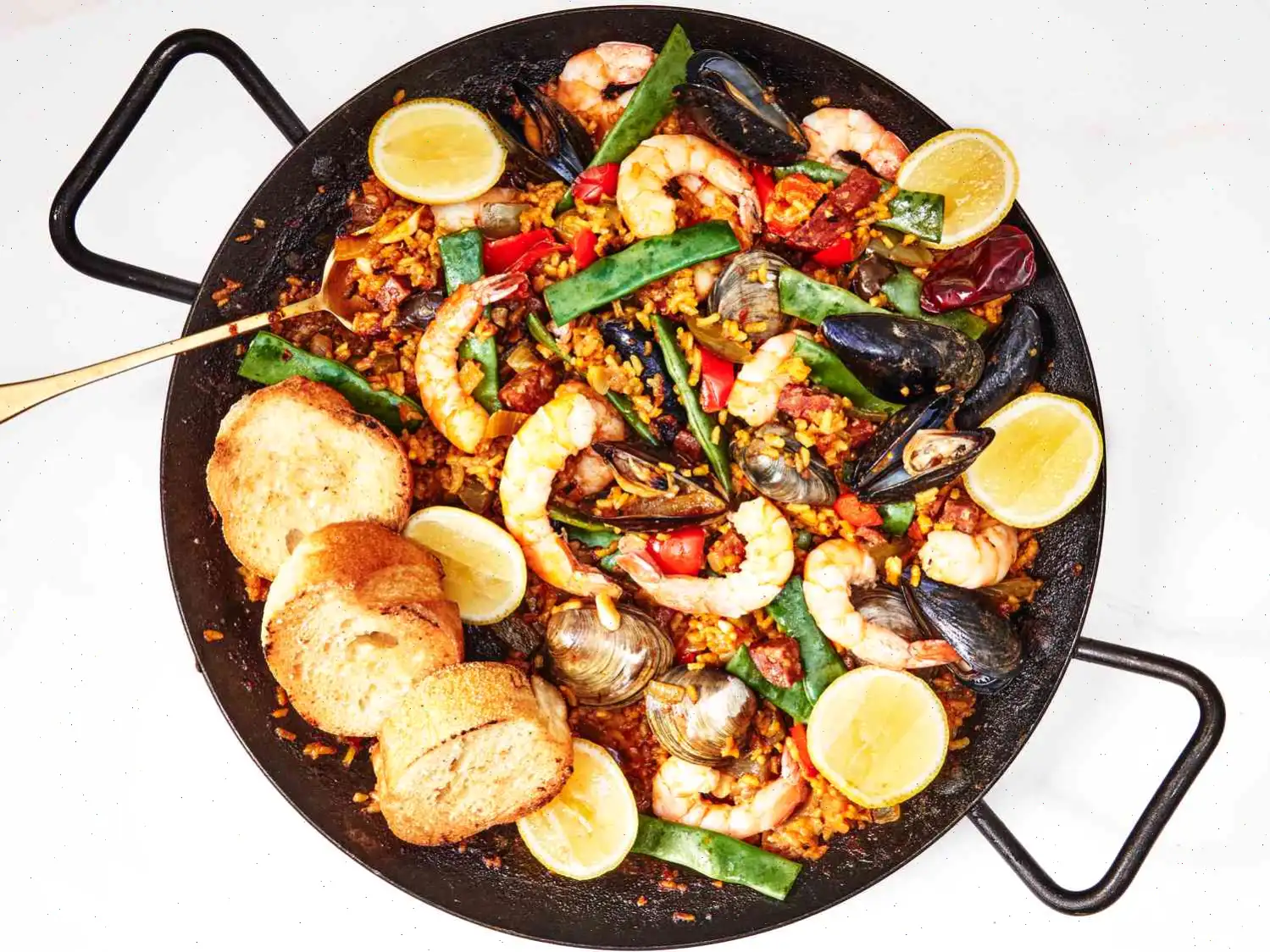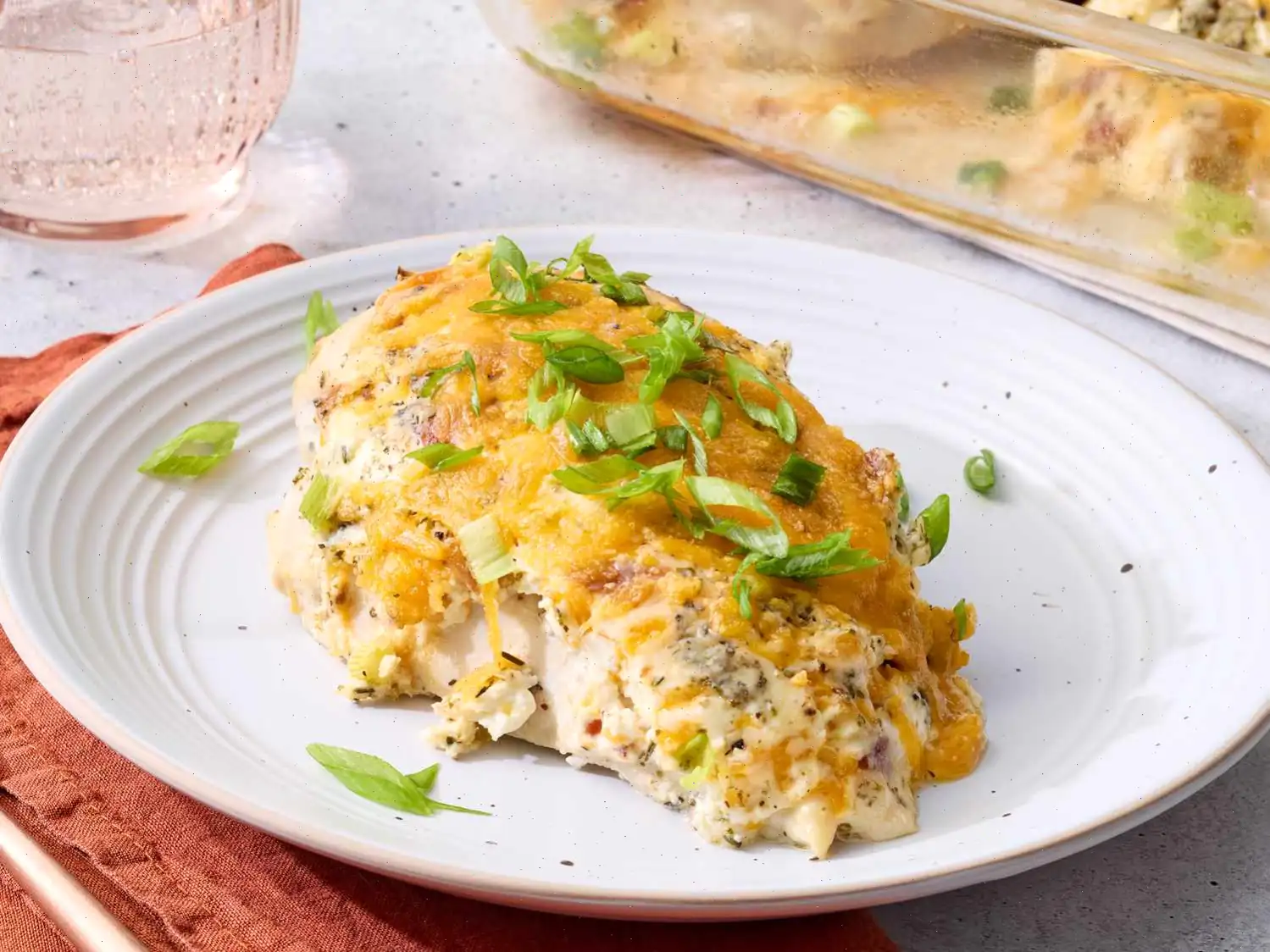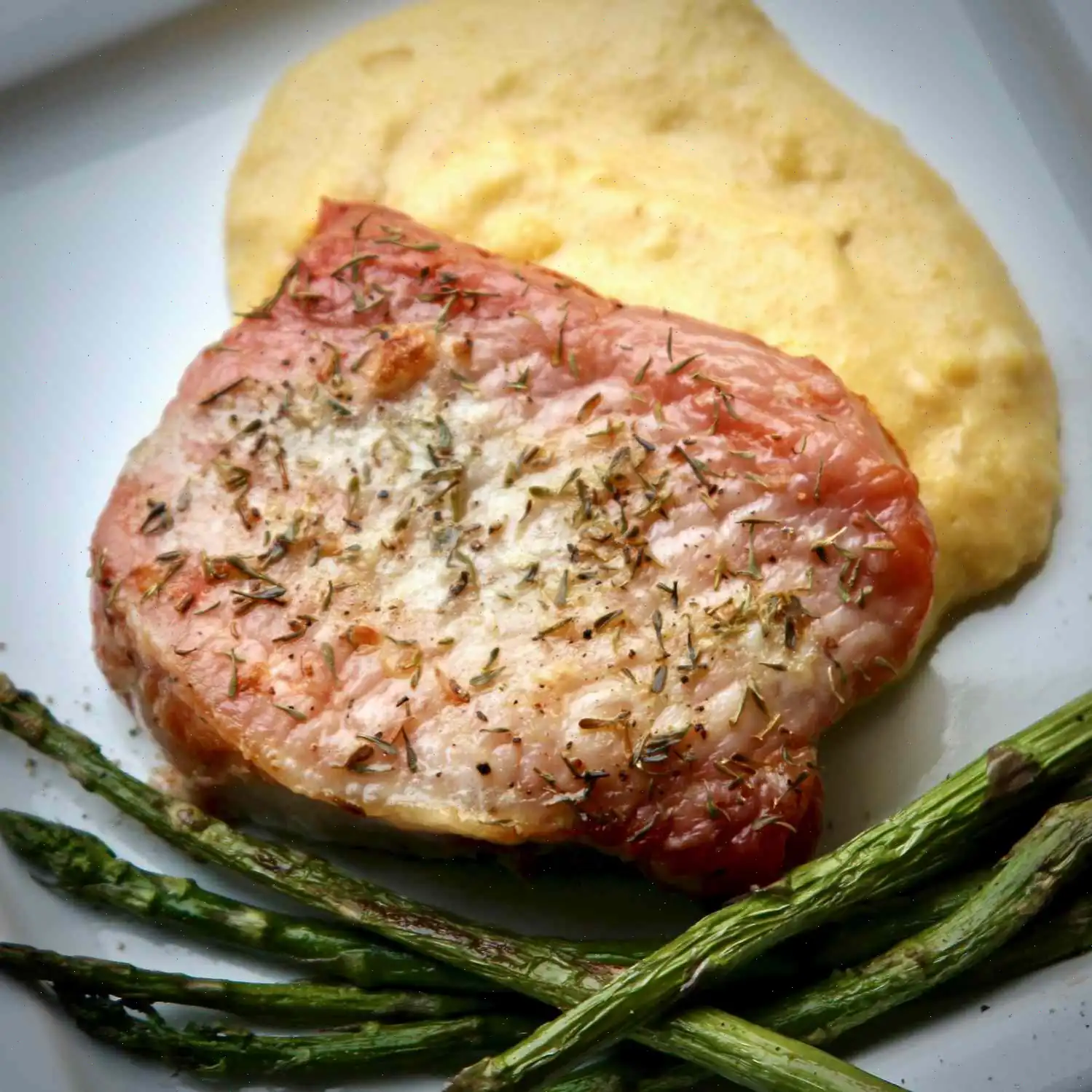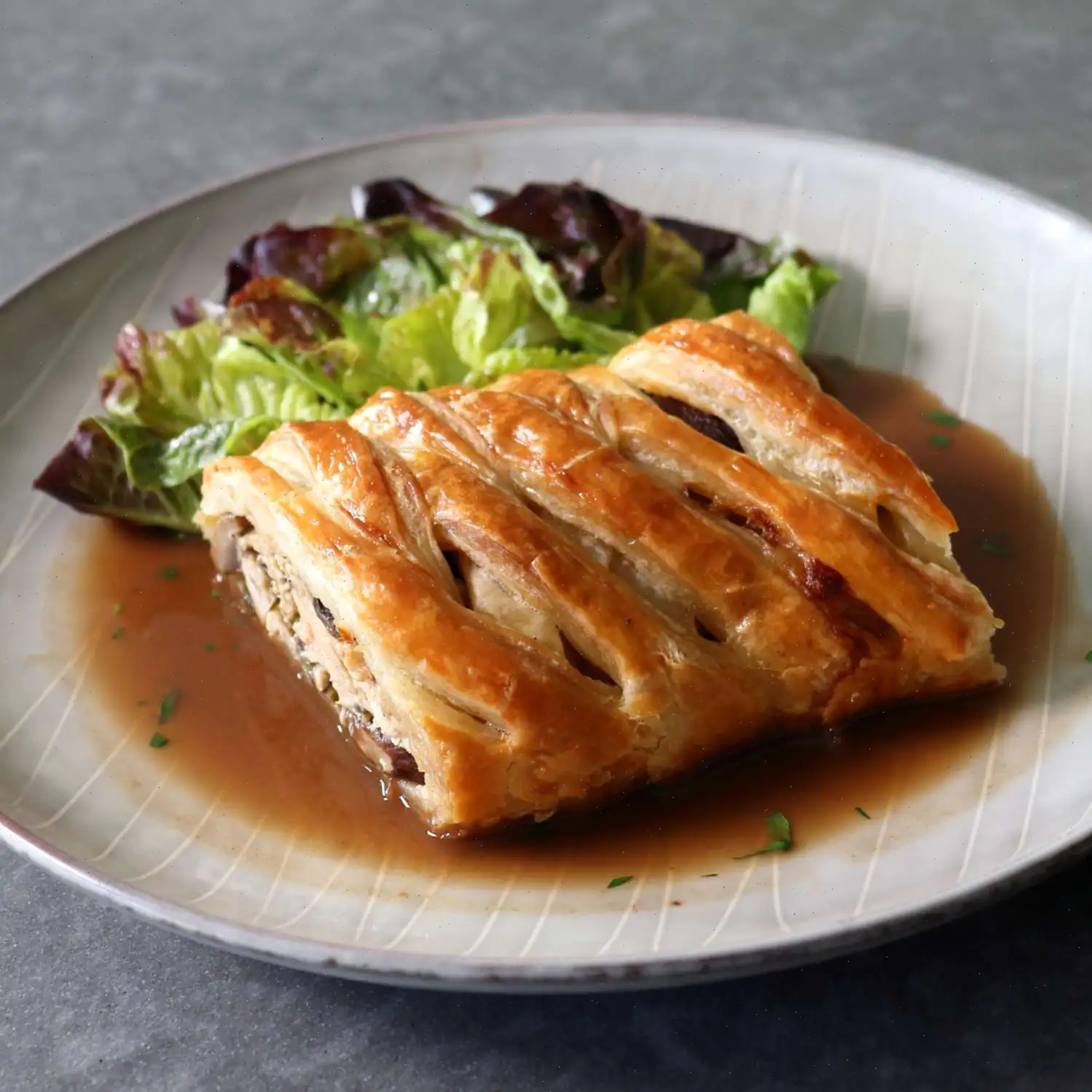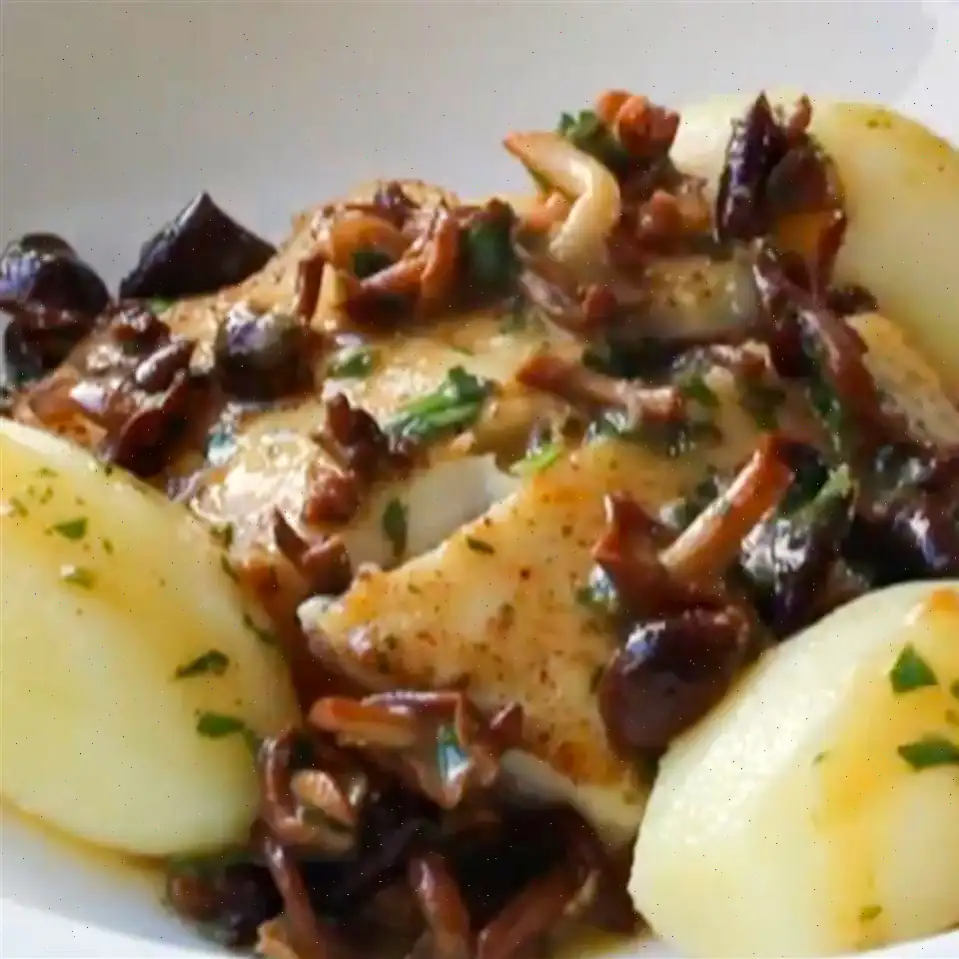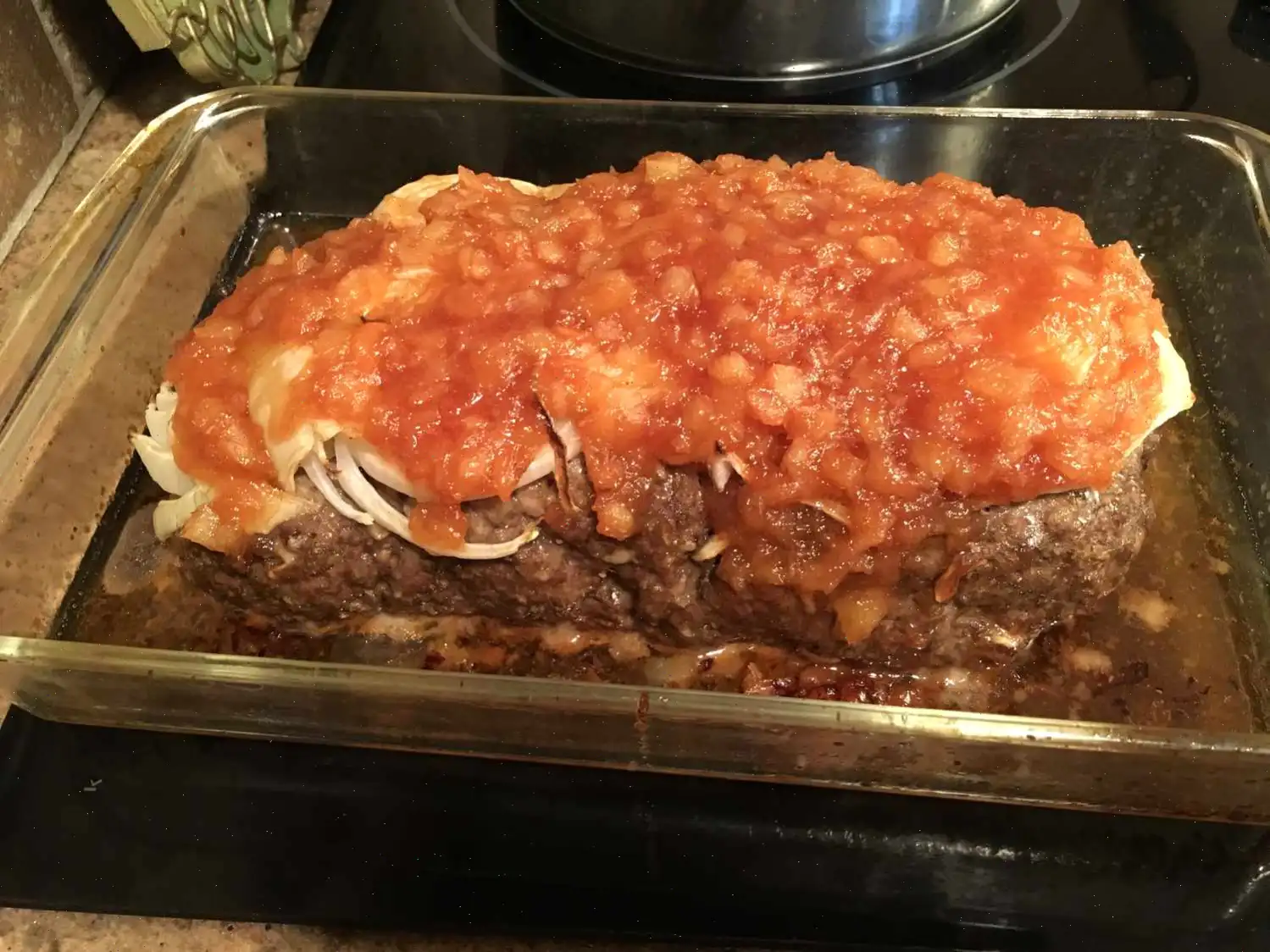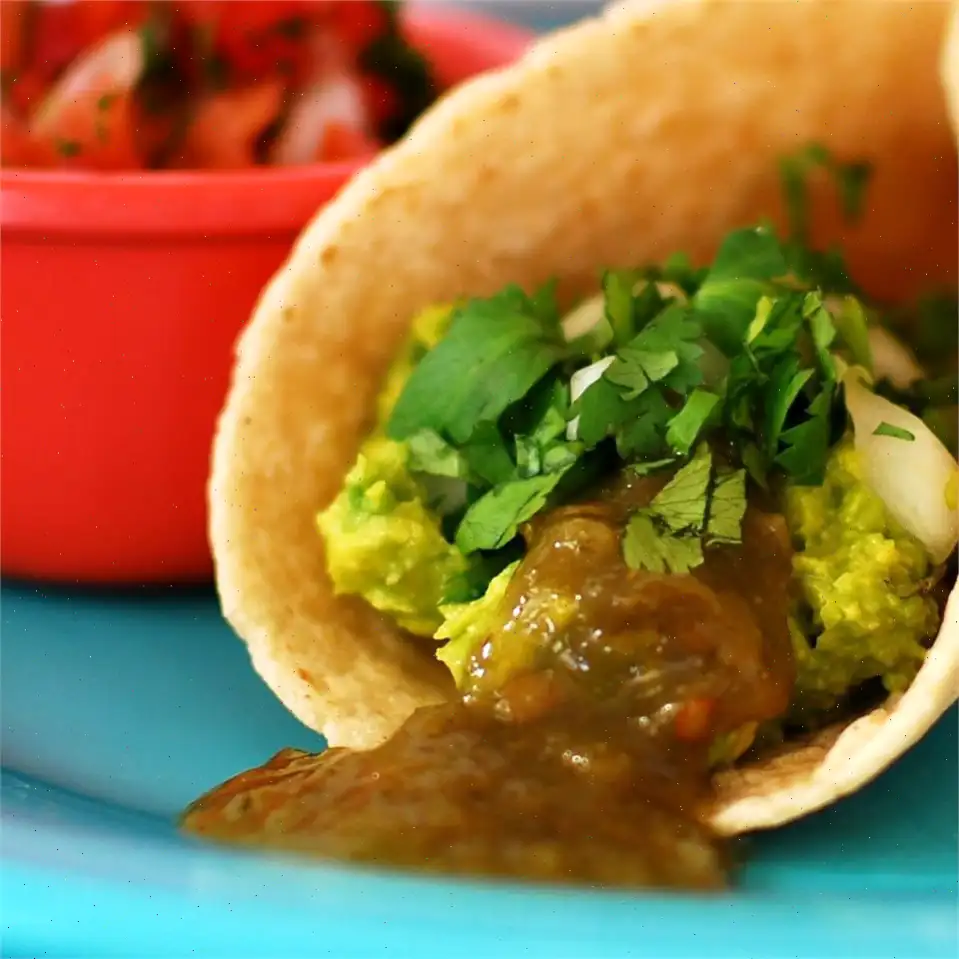
Seafood Paella Recipe
Paella with Shrimp, Mussels, and Clams
Servings: 6
Ingredients:
- 1/4 cup olive oil
- 1 yellow onion, diced
- 2 red bell peppers, diced
- 1/2 cup chopped chorizo
- 1 dried red chili pepper
- 2 large tomatoes
- 1 tablespoon tomato paste
- 1 cup white wine
- 3 garlic cloves, minced
- 1 big pinch saffron
- 1 tablespoon smoked paprika
- 1 1/2 cups Valencia rice (short grain or paella rice)
- 3 1/2 cups chicken stock
- 1 pound jumbo shrimp
- 1 pound mussels
- 1 pound clams
Directions:
- Heat a medium-sized paella pan over medium-high heat. Add olive oil, diced onion, bell peppers, chorizo, and dried chili. Cook for about 3 minutes until the vegetables soften.
- Grate the tomatoes directly into the pan using a box grater. Stir and cook until the liquid has reduced by half.
- Lower the heat and add tomato paste, white wine, minced garlic, saffron, and smoked paprika. Stir the mixture until well combined and the paste is incorporated.
- Add the rice and chicken stock, stirring everything together. Allow the mixture to simmer on low heat, without stirring, for 15 minutes. Check occasionally to make sure nothing is sticking or burning on the bottom.
- After 15 minutes, add the shrimp, mussels, and clams. Cover the pan with a lid or aluminum foil, and cook on low for another 5 minutes.
- Turn off the heat and let the pan sit for 5 minutes, covered. The rice should be fluffy with a slightly toasted bottom. Mussels and clams should be fully opened, and the shrimp should be pink.
- Before serving, fluff the paella with a fork to separate the rice.
Nutrition Facts (per serving):
- Calories: 665
- Total Fat: 25g (31% DV)
- Saturated Fat: 6g (28% DV)
- Cholesterol: 273mg (91% DV)
- Sodium: 2347mg (102% DV)
- Total Carbohydrates: 36g (13% DV)
- Dietary Fiber: 2g (8% DV)
- Total Sugars: 6g
- Protein: 65g (130% DV)
- Vitamin C: 70mg (78% DV)
- Calcium: 199mg (15% DV)
- Iron: 9mg (50% DV)
- Potassium: 1348mg (29% DV)
* Percent Daily Values are based on a 2,000 calorie diet. Your daily values may be higher or lower depending on your calorie needs.
The Rich Heritage of Seafood Paella
Seafood paella is a dish that carries centuries of history, originating from the eastern coast of Spain, specifically the region of Valencia. Traditionally, paella was a humble meal prepared by farmers and laborers, cooked over an open fire in wide, shallow pans. Early versions included a mix of local vegetables, rabbit, and sometimes snails, reflecting the ingredients available in rural communities. Over time, as Spains coastal trade flourished, seafood became a prominent feature, giving rise to the modern seafood paella enjoyed worldwide today.
Regional Variations
While Valencia is the birthplace of paella, regional adaptations abound. In Catalonia, cooks often add a touch of lobster or crayfish, while in Andalusia, a lighter broth and fewer spices are used to let the natural flavors of the seafood shine. The Balearic Islands favor a combination of fresh fish and shellfish, sometimes including squid or cuttlefish. Each regions take is influenced by local ingredients and traditions, making paella a versatile and dynamic culinary art.
Distinctive Characteristics Compared to Similar Dishes
Unlike risotto, which requires constant stirring to release starch and create creaminess, paella is characterized by its socarratthe slightly toasted layer of rice at the bottom of the pan. Unlike jambalaya, which blends proteins and spices thoroughly, paella often arranges seafood visibly on top, creating an eye-catching presentation. Its saffron-infused rice, combined with smoked paprika and olive oil, distinguishes its flavor profile from other rice-based dishes around the world.
Where Seafood Paella is Served
Seafood paella is traditionally served during large gatherings, festivals, and family celebrations. In Spain, it is often enjoyed outdoors, cooked over a fire for communal dining. Modern restaurants, particularly along the Mediterranean coast, frequently offer seafood paella as a signature dish, sometimes presenting it in paella pans at the table to enhance the visual and aromatic experience. It remains a symbol of Spanish hospitality and shared meals.
Interesting Facts
- The word "paella" derives from the Old French word paelle, meaning pan, emphasizing the dishs iconic wide, shallow pan.
- Authentic Valencian paella traditionally avoids stirring once the rice is added, a practice that preserves the socarrat.
- Seafood paella can include a variety of shellfish such as mussels, clams, shrimp, and sometimes lobster or crab, depending on local availability.
- Cooking paella outdoors over a wood fire is still considered the gold standard for flavor, with many enthusiasts claiming it adds a subtle smokiness to the dish.
- In Spain, Sunday lunches often feature paella, making it not just a dish but a cultural ritual that brings families together.
Seafood paella is more than a meal; it is a celebration of Spanish coastal heritage, blending history, regional identity, and culinary artistry into every vibrant pan of rice and seafood.
FAQ about Seafood Paella Recipe
Comments
Diane Roberts
05/16/2023 08:03:19 PM
I decided to try using whole cherry tomatoes, and the burst of flavor as they popped in my mouth was simply delightful.
Kevin Hernandez
10/13/2024 10:23:46 PM
Cool - This place is absolutely amazing!


